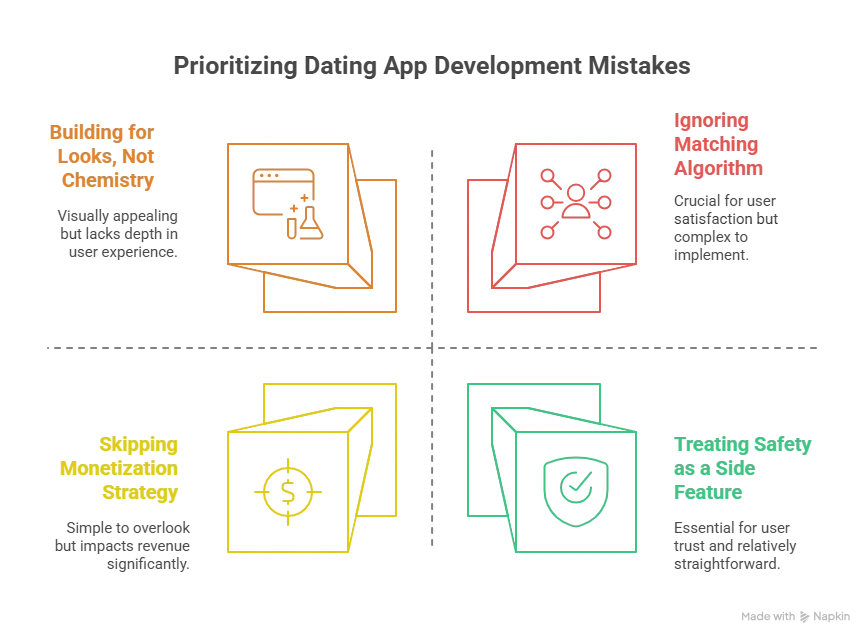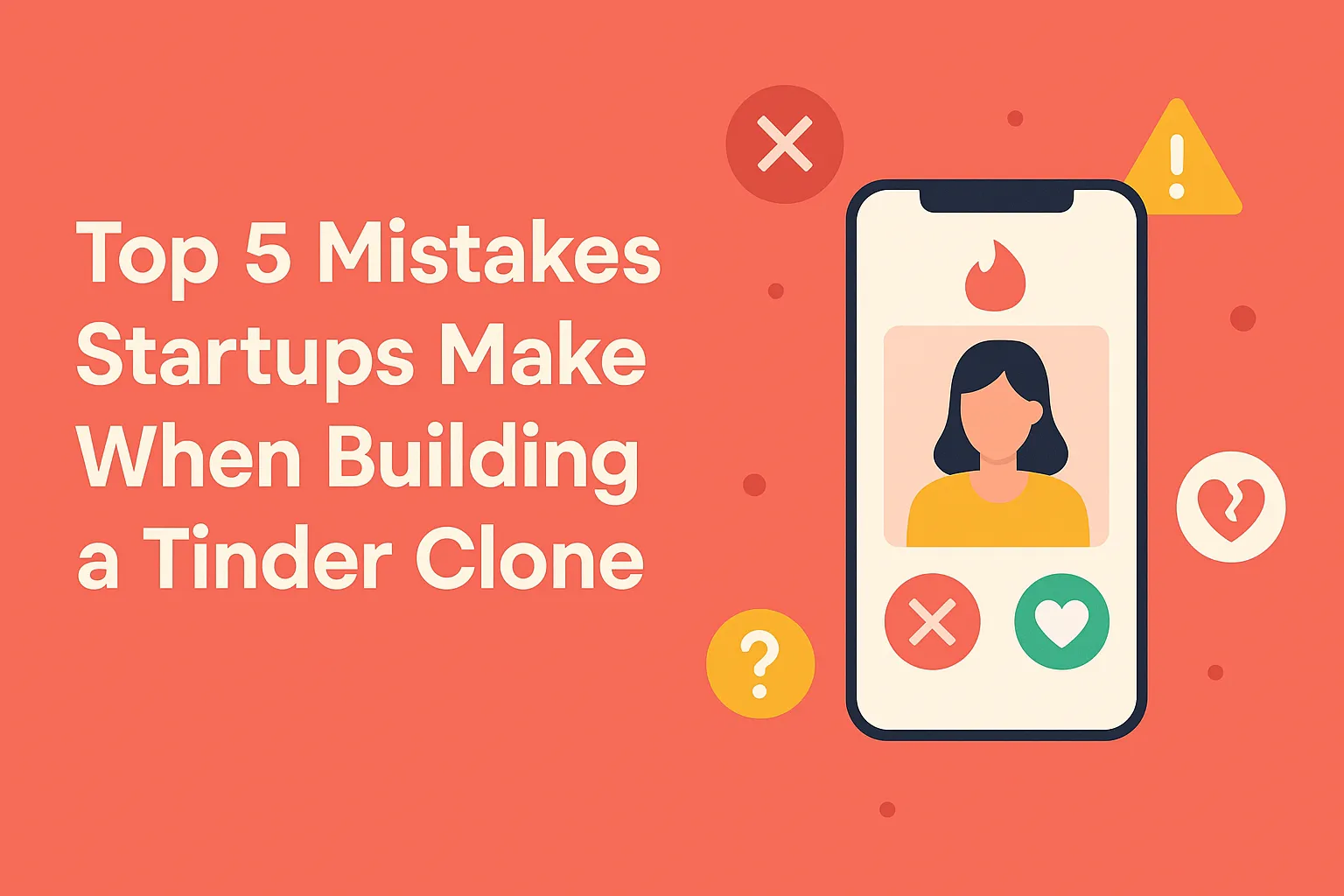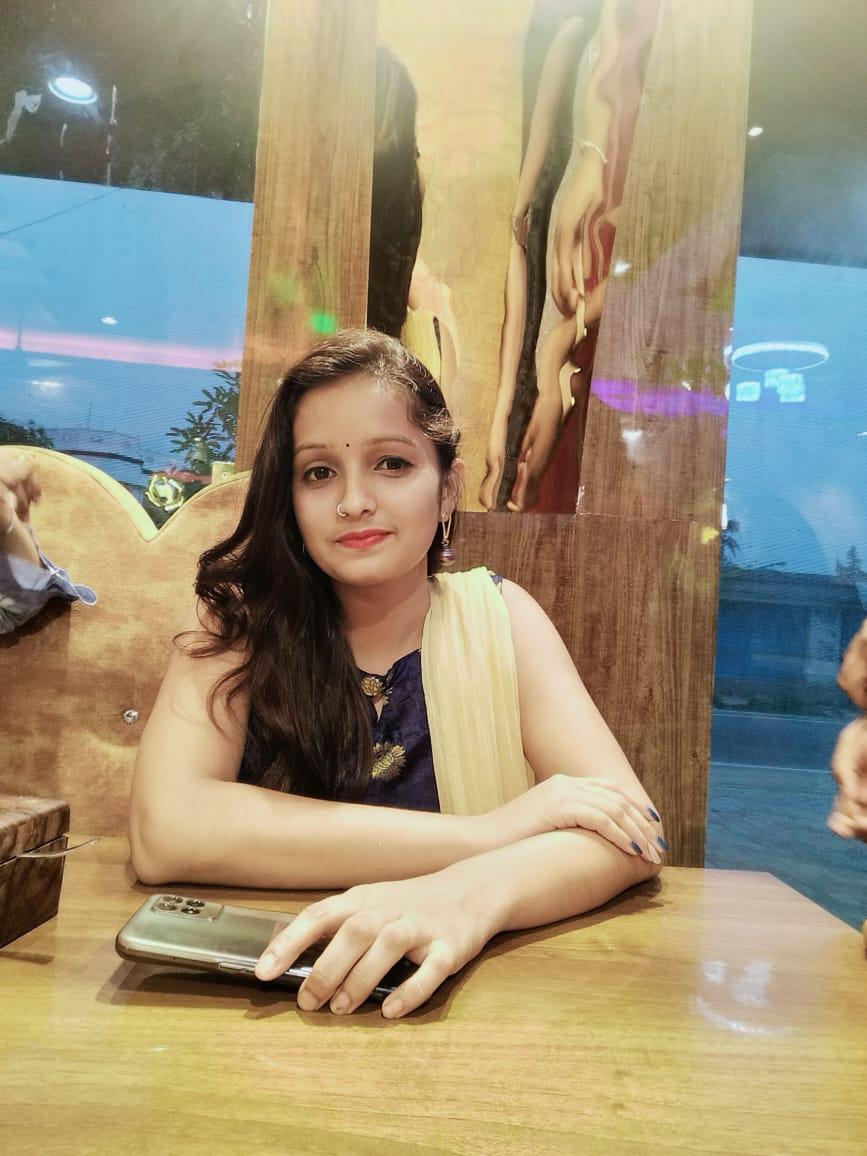If you’re a startup eyeing the online dating boom, building a Tinder clone might feel like the ultimate shortcut to success. Swiping, matching, chatting—how hard can it be, right? But while the mechanics seem simple, getting users to stay, engage, and pay is a whole different story.
I’ve seen plenty of entrepreneurs pour time and money into beautiful dating apps that go nowhere. Why? Because most focus too much on features and too little on feel. Dating is emotional. Your product needs to understand not just what people want—but what they feel when they’re using it.
At Miracuves, we’ve helped launch dozens of high-performance Tinder-style apps—from casual match platforms to niche communities. And again and again, we see the same five fatal mistakes that drain time, users, and money. Let’s break them down so your clone app doesn’t just launch—it thrives.
Read More : Pre-launch vs Post-launch Marketing for Tinder Clone Startups
The 5 Most Common Mistakes When Building a Tinder Clone

1. Building for Looks, Not Chemistry
It’s tempting to focus on slick animations, trendy swiping gestures, and bold gradients. But guess what? That visual gloss wears off fast when users realize they’re not getting matches—or worse, that those matches go nowhere.
Many Tinder clones nail the UI but fail at the UX of connection. Tinder’s magic isn’t just in swiping—it’s in how it nudges people to engage. From “It’s a Match!” pop-ups to icebreaker prompts and smart timing, the platform encourages interaction at every stage.
Pro Tip:
Design with behavioral psychology in mind. How does your app help shy users break the ice? What happens after a match? Is there a time limit to message? These micro-interactions shape user retention more than pretty buttons ever will.
2. Treating Safety as a Side Feature
Dating apps aren’t just platforms—they’re spaces where strangers meet. Without clear safety protocols, moderation, and user control, your app becomes a liability, not a love engine.
Many clones skip this entirely. No block/report features. No profile verification. No content moderation. The result? A toxic environment that drives away genuine users.
Pro Tip:
Invest early in trust-building. Offer verified badges, photo moderation, phone/email verification, and options to unmatch, report, or block—all in-app. Build in rules and support for both safety and comfort.
3. Ignoring the Matching Algorithm
Let’s be blunt—random matching is the fastest way to kill a dating app. Users need relevance. Preferences. Proximity. Compatibility.
Tinder’s algorithm isn’t just based on age and distance—it tracks behavior. Who you swipe, who you ignore, when you’re active, who likes you. That invisible layer makes the platform feel alive.
Many clones rely on basic filters and hope for magic. Result? Bad matches, user frustration, and churn.
Pro Tip:
Even a simple matching logic (e.g., mutual likes + shared interests) is better than blind luck. Enhance it over time with user feedback, swiping patterns, and session data.
4. Skipping Monetization Strategy
Dating apps can be gold mines—if you build monetization in from the start. Tinder earns from Super Likes, Boosts, Tinder Gold/Plus subscriptions, and more. The trick? Users must see the value.
Startups often go live with a free product, planning to “add monetization later.” Problem is, users get used to free—and balk when you start charging.
Pro Tip:
From day one, offer limited features for free and tease paid perks. Prioritize premium filters, visibility boosts, and read receipts—users will pay for more reach and better odds.
Read our previous blog: Launch Your Own Tinder-Style App with Miracuves
5. Underestimating the Power of Niche Communities
Tinder is mainstream, sure—but that also means it’s noisy. In contrast, niche dating apps (for specific religions, professions, hobbies, or lifestyles) are gaining serious traction. Why? Because people crave connection and context.
Trying to compete with Tinder head-on is risky. But building a dating platform for vegan travelers? Remote workers? Book lovers? Now you’ve got an angle.
Pro Tip:
Don’t build another Tinder. Build a platform for a tribe. That focus makes marketing easier, retention stronger, and communities tighter.
Read More : How to Build an App Like Tinder: Full Stack Developer Tutorial (JS + PHP Approach)
Conclusion
Tinder didn’t just build an app—it changed how people meet. But you don’t need to reinvent dating to succeed. You just need to understand what people really want: safety, relevance, excitement, and yes, a little bit of magic.
Start with human psychology, not just code. Focus on experience over aesthetics. And remember—this isn’t about building a clone. It’s about creating connection.
At Miracuves, we help innovators launch high-performance app clones that are fast, scalable, and monetization-ready. Ready to turn your idea into reality? Let’s build together.
FAQ
Still have questions about building a Tinder clone? Let’s clear them up.
Do I need to build a swiping UI?
Not necessarily. Swiping is just a mechanic. What matters is the matchmaking experience. You can explore alternatives like quizzes, video intros, or profiles-only layouts.
How do I make my dating app safer for users?
Start with photo verification, phone/email validation, reporting tools, and clear community guidelines. Add AI moderation as your user base grows.
Can I monetize a dating app right from launch?
Yes. Offer premium visibility, filters, and messaging boosts. Gamified purchases like “Super Likes” work well too.
What’s the best tech stack for a dating platform?
Think React Native or Flutter for mobile, Node.js or Laravel for backend, Firebase or MongoDB for real-time features. Prioritize performance and scalability.
Should I include video chat or live features?
Optional, but increasingly popular. They boost user engagement and can serve as premium features. Just make sure they’re secure and well-moderated.








